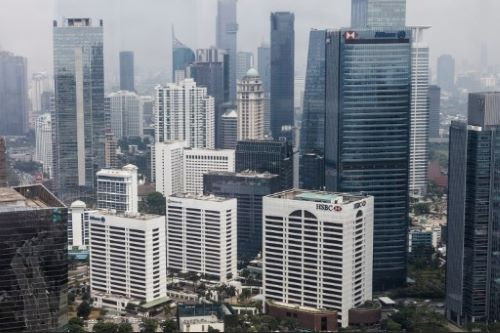ndonesia’s banking industry has seen an increase in bad loans amid slower loan growth, as the country’s economy has taken a hit from global uncertainty.
According to the Financial Services Authority (OJK), local banks’ non-performing loans (NPL) increased to 2.29 percent in May, up from 2.24 percent noted in the preceding month and 2.08 percent in December last year.
Additionally, the share of loans at risk (LAR) grew slightly to 9.93 percent from the 9.92 percent seen in April. The latest figure reflects an upward trend compared to 9.28 percent in December last year.
“Despite having an increase compared with the previous month, the ratio of LAR remained stable and below the pandemic level,” Dian Ediana Rae, head of banking supervision at the OJK, said at a press conference on Tuesday.
Dian further explained that the banking sector remained resilient and strong, noting that it had reached a capital adequacy ratio of 25.51 percent, higher than the minimum threshold of 8 percent.
“This is a very strong buffer for risk mitigation amid the current global uncertainty,” he added.
Read also: OJK expects ‘minimal’ impact on NPL as loan restructuring program ends




